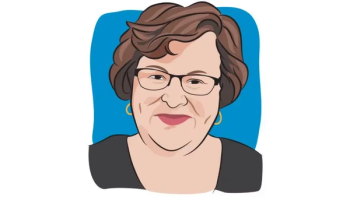
|Videos|April 9, 2021
Raising Awareness Around Liver Cancer and Disease
Author(s)Kristie L. Kahl
CURE spoke with Dr. Marty T. Sellers and Dr. Laura M. Kulik, on behalf of the Blue Faery, about liver cancer and disease – its treatments, causes and areas outside of therapy.
Advertisement
Advertisement
Related Content
Advertisement
Advertisement




